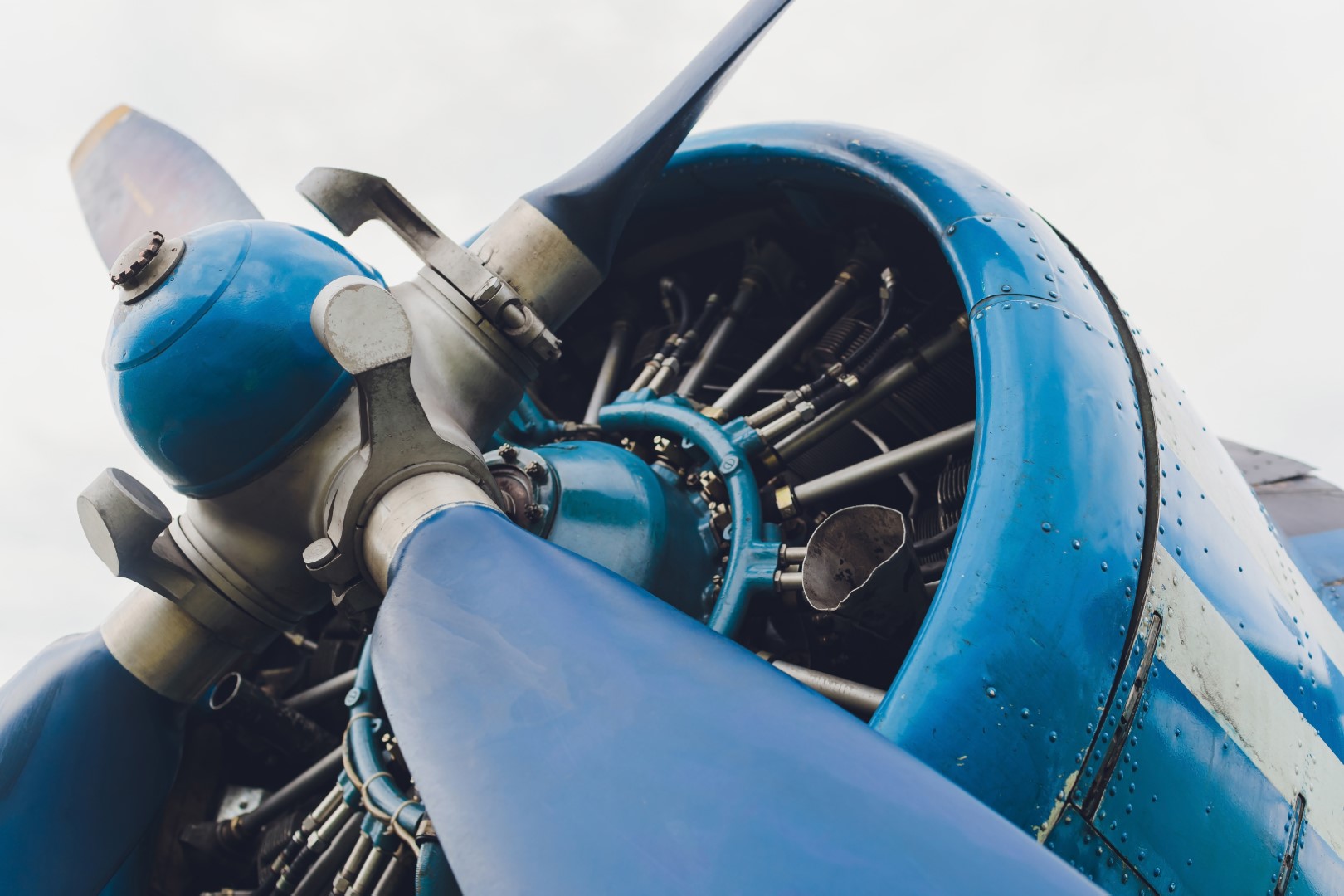Forging is a manufacturing process that involves shaping metal using compressive forces, resulting in components with superior mechanical properties. In the aerospace industry, forgings are essential for producing lightweight and durable aircraft parts that can withstand extreme conditions.
Advantages of Aerospace Forgings:
- Enhanced Strength: The forging process aligns the metal’s grain structure, improving strength and fatigue resistance. This is crucial for aircraft components subjected to high stress.
- Weight Reduction: Forged components can be designed with thinner cross-sections without compromising strength, contributing to overall weight reduction in aircraft. Lighter aircraft consume less fuel, enhancing efficiency.
- Material Integrity: Forging minimizes internal voids and defects, ensuring high-quality, reliable components essential for aerospace applications.
Common Materials Used in Aerospace Forgings:
- Aluminum Alloys: Known for their excellent strength-to-weight ratio, aluminum alloys are widely used in aircraft structures. Alloys such as 7075, 6061, and 2024 are common choices.
- Titanium Alloys: Offering high strength, corrosion resistance, and the ability to withstand extreme temperatures, titanium alloys are ideal for critical aerospace components.
- Nickel-Based Superalloys: These materials maintain their strength at high temperatures, making them suitable for engine components and other high-heat areas.
Applications in Aircraft Components:
- Engine Parts: Forged components such as turbine blades and discs are essential for engine performance and safety.
- Landing Gear: The strength and durability of forgings make them ideal for landing gear structures that endure significant stress during takeoff and landing.
- Structural Airframe Components: Forged parts contribute to the integrity and safety of the aircraft’s primary structure.
Recent Developments:
Advancements in forging technologies, such as isothermal forging, have enabled the production of complex shapes with enhanced material properties. These innovations contribute to the development of more efficient and reliable aircraft components.
In conclusion, aerospace forgings play a pivotal role in manufacturing aircraft components that are both lightweight and durable. The ongoing development of forging technologies and materials continues to drive improvements in aircraft performance and efficiency.

